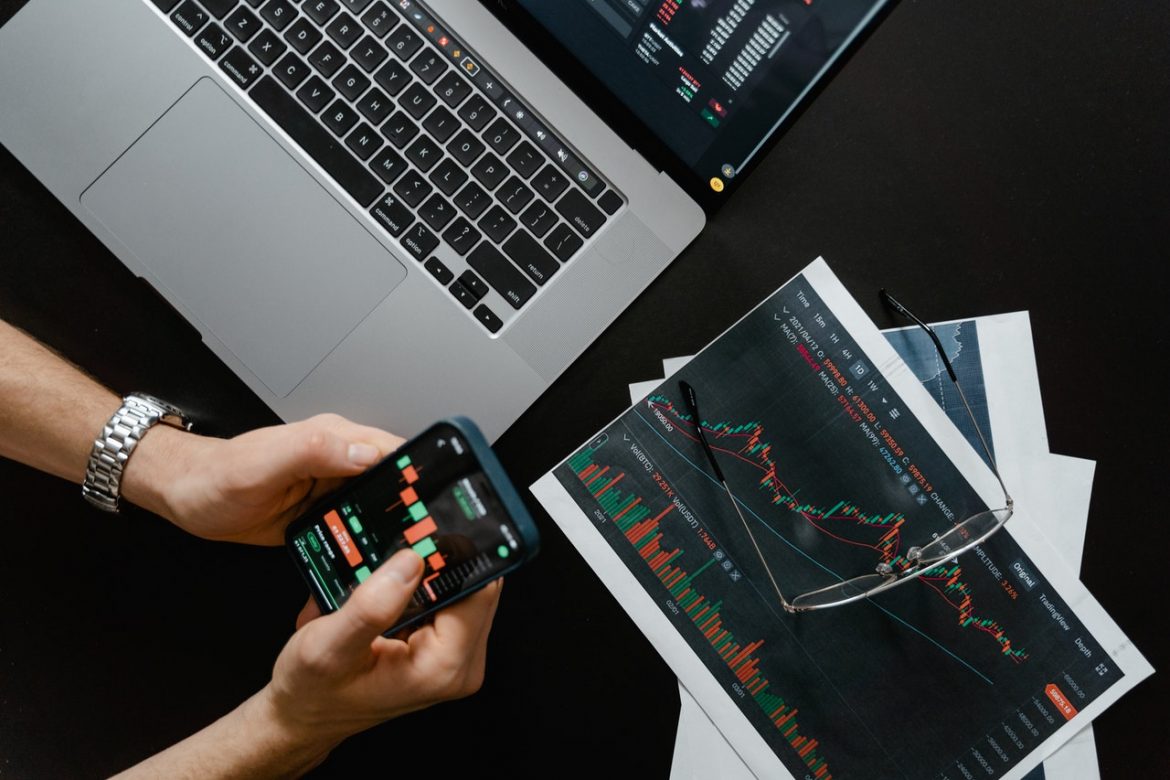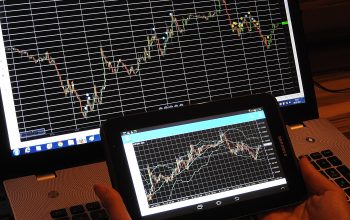Except for a few traders, most agree that trading is stressful and ineffective. The same holds for those who perform day-trading as part of their jobs or trade as a hobby. All experience losses instead of profits. It only stands to reason that those who do not understand how to manage their portfolios will continue losing money without understanding why.
Methods to manage your portfolio
One method of managing one’s portfolio is dollar-cost averaging (DCA), which entails choosing an amount you wish to invest and re-investing it at regular intervals, irrespective of the market prices.
For example, if you were looking to buy $5,000 worth of units in Company XYZ and its price was 1/3 every month, you can buy one unit for $1,666 every month. If the price declines, you will end up buying more units.
For example, if Company XYZ’s price is now at 1/4 its original value of $5,000 – which is now about $1,250 – you would buy four units for a total cost of 4 x 1/4 = $5,000 or a lower amount than initially intended. If Company XYZ’s price shoots up to 2/3 from the initial value of $5,000 – which now amounts to about $3,333 – you also have the option to sell all the units and stop buying new ones until the next period when prices drop again.
Another method is using a support and resistance chart, where you buy at the support line and sell at the resistance. When prices are low, investors will go for this method because it is likely that they will have to wait for some time before it goes up again.
For day trading, if you can analyse market trends successfully, you can use technical indicators to help you decide on winning trades. For example, an overbought market is one in which prices shoot up rapidly without following common patterns or any other indications that there’s a possible drop coming soon.
On the other hand, an oversold market means that the opposite happened; prices went down too quickly without any prior indication of future growth. These are only but two indicators among many others that successful traders use.
In all cases, your portfolio management boils down to making a plan before you invest.
- First, understand the risks and rewards in every option available to you.
- Second, determine a timeframe for selling or buying new units depending on market changes.
- Third, stick to the plan no matter how much it hurts to lose money because emotions have no place in trading.
- Lastly, never trade with funds you’ll need anytime soon since these will likely affect your decision-making capability during times of high stress or volatility.
What could go wrong if you don’t manage your portfolio?
If you do not manage your investments carefully, many consequences could result. The most immediate one is emotional instability. Even if you have the trading acumen of a Wall Street pro, it is still difficult to keep emotions in check when choosing which unit to buy and when to sell it.
Another consequence is making decisions based on what your friends or social media say since they probably do not know how trade works. Lastly, there’s a risk that you could be caught off-guard by market changes due to a lack of foresight when performing trades.
Day traders are most at risk of making the wrong decisions when the market is low. When there’s not much movement, it gives traders time to relax and think about their next moves. However, this could make new investments that they will regret later on if the market changes without warning.
It is why working with a reputable broker or company is vital since you’ll be able to discuss your trading strategy before putting any money on the table. Negotiating for lower commissions can also give you some breathing room if unexpected volatility hits your portfolio over time.
Conclusion
Managing your portfolio is essential for traders of any kind. Determine your trading strategy, the timeframe for executing it and how much money you can afford to put at risk. It is also advisable that you work with a reputable broker who will give you helpful advice if needed.







